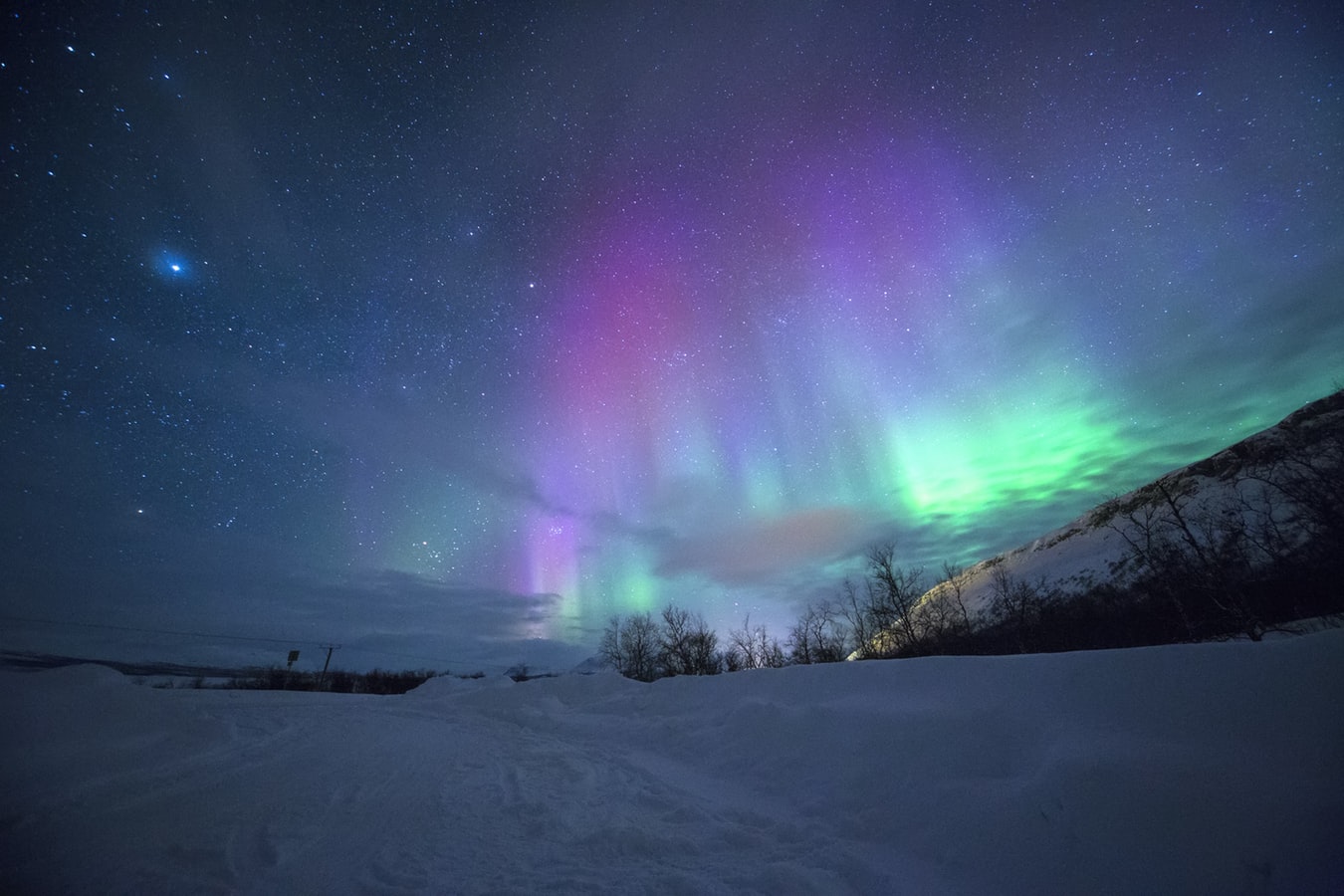Premios SEA Tesis / SEA Thesis Awards
Lunes 13 de julio / Monday July 13
Modera / chair: Manuel Collados (IAC)
PANIC, a wide-field infrared camera for the Calar Alto Observatory
M. Concepción Cárdenas Vázquez, Max Planck Institut für Astronomie
III Premio SEA a la mejor Tesis Doctoral española en Instrumentación, Computación y Desarrollo Tecnológico en Astronomía y Astrofísica
Abstract
PANIC, the Panoramic Near-Infrared Camera, can operate on the 2.2 m or 3.5 m telescopes of the Calar Alto Observatory, covering a field of view of 31.652 arcmin at the 2.2 m and 15.92 arcmin at the 3.5 m, with a sampling of 4096x4096 pixels of 18 µm. The spectral range is near infrared, spectral bands from Z to Ks (0.8 to 2.5 microns). It is a cryogenic instrument which operates at 95 K working attached to the telescope's Cassegrain focus.
The Doctoral Thesis of M. Concepcion Cardenas focuses on this PANIC instrument. The work encompasses the requirements collection and their translation to optical parameters, the theoretical study of the optical solution for PANIC and the development of optical design from the beginning of the project to the final design and the as-built system. It also describes the process of assembly, integration and verification of the instrument in the laboratory and the adjustment and its verification once installed at both telescopes.
M. Concepcion Cardenas will give an overview of her thesis work, the optical design and the development of this camera. She will also present the latest news of the instrument: the upgrade of the original mosaic of four 2Kx2K detectors by a better quality monolithic 4Kx4K detector.
Dwarf galaxies in ΛCDM: Distribution around hosts, dust emission and internal structure
Isabel M.E. Santos, University of Victoria (Canada)
Isabel M.E. Santos, University of Victoria (Canada)
XV Premio a la mejor Tesis Doctoral Española en Astronomía y Astrofísica (ex-aequo)
Abstract
I will review the most important results from my PhD thesis, which consisted in studying some of the puzzling properties of observed dwarf galaxies, within a ΛCDM cosmological context. To this aim, I made use of high resolution hydrodynamical simulations of galaxy formation. In particular, I studied simulated dwarf galaxies’ internal structure, focusing on dark matter and baryonic mass distributions, total mass content and rotational velocities, and addressing the so-called `cusp-core’ or `diversity of dwarf galaxy rotation curve shapes’ problem. I also studied infrared emission of simulated dwarf galaxies making use of the GRASIL-3D radiative transfer code, which includes a sophisticated two-component dust model. In this way, we provided a physical explanation to the diverse spectral energy distribution features recently observed in low mass-low metallicity galaxies. Finally, I explored the `planes of satellites’ problem in two zoom-in disc galaxy simulations, developing methods based on the position of satellites as well as their orbital angular momentum. We find kinematically-coherent planes of satellites, whose persistence during long periods of cosmic time suggests that satellites have gained a common dynamics at high redshift, probably inheriting local large-scale structures.
Surges: a fundamental piece in the solar atmosphere puzzle
Daniel Nóbrega-Siverio, Rosseland Centre for Solar Physics, University of Oslo & Institute of Theoretical Astrophysics, University of Oslo
XV Premio a la mejor Tesis Doctoral Española en Astronomía y Astrofísica (ex-aequo)
Abstract
An extraordinary variety of eruptive phenomena continuously occur in the solar atmosphere. Among these phenomena, there is one whose understanding has progressed slowly since they became observationally known decades ago: the surges. Surges are dense, cold ejections that frequently appear in the atmosphere related to other ephemeral events in the sun.
Idealized numerical experiments from the past explain surges as a by-product of magnetic reconnection; however, these experiments lack some fundamental physical mechanisms when dealing with surges, which means that they can only be considered as first steps in the understanding of this particular phenomenon.
In this talk, we address the surges from a new perspective thanks to the capabilities of state-of-the-art numerical codes and high-resolution observational instrumentation. In particular, we will cover the phenomenon from a theoretical approach, modeling the formation and evolution of surges using a radiative-magnetohydrodynamic code that includes a realistic treatment of the properties of plasma and radiative transport; from an observational point of view, analyzing space and ground-based coordinated observations; and from a forward modeling perspective, creating synthetic observations that allow us to understand some of the peculiar features seen in the observations.
Cosmology on the Edge of Λ-Cold Dark Matter
José Luis Bernal, Johns Hopkins University, Baltimore
XVI Premio a la mejor Tesis Doctoral Española en Astronomía y Astrofísica
Abstract
The cosmological standard model, LCDM, reproduces most of state-of-the-art observations with an astonishing precision. However, there are certain tensions between experiments that, if confirmed, may hint LCDM’s breaking off, and therefore the need of new physics. The most significant of these tensions, in which my talk will be focused on, involves the Hubble constant, confronting the inferred value from Planck observations (when LCDM is assumed) and the direct measurement using cepheids to calibrate the distance ladder. I will argue that this tension can be framed as a mismatch between the two anchors of the direct and the inverse cosmic distance ladder: the Hubble constant and the sound horizon at radiation drag, respectively. I will also comment the implications that this alternative approach to the tension have in the search of potential solutions of the tension. Finally, I will discuss the role that forthcoming line-intensity experiments will have regarding this tension and how these observations will bridge between the cosmological volumes probed by current observations.
